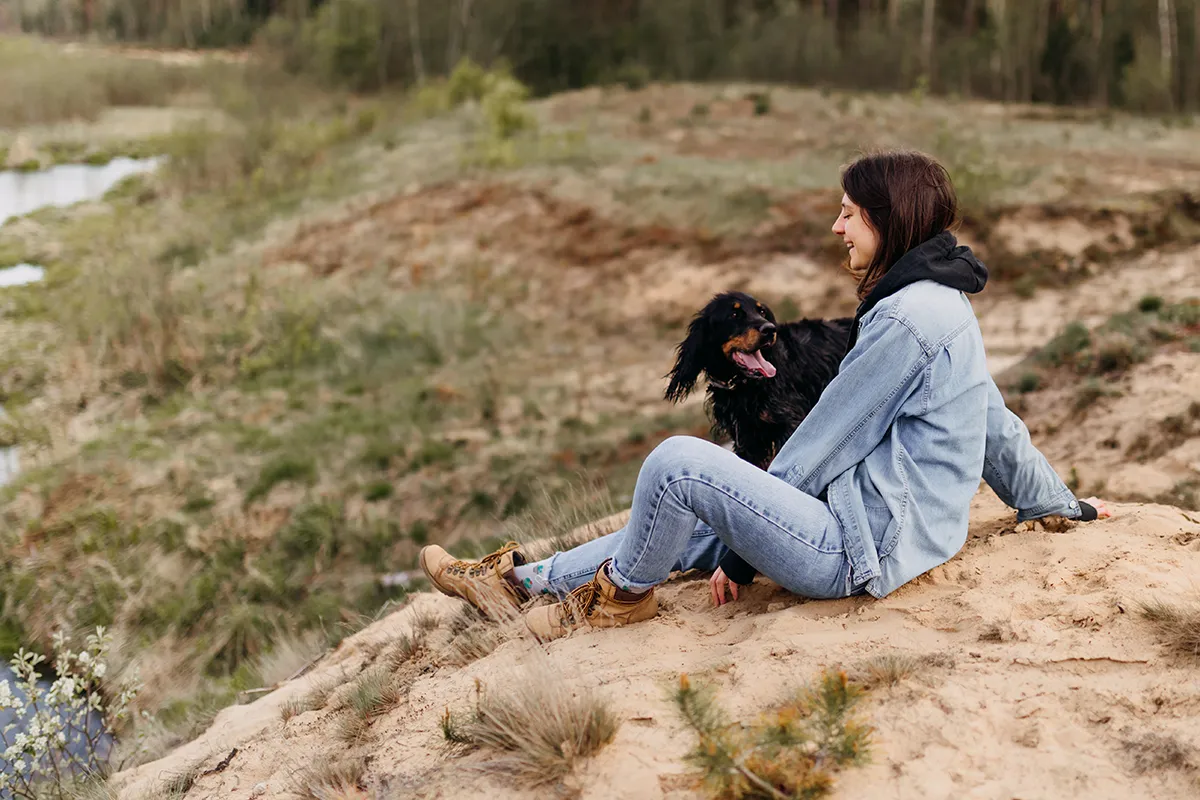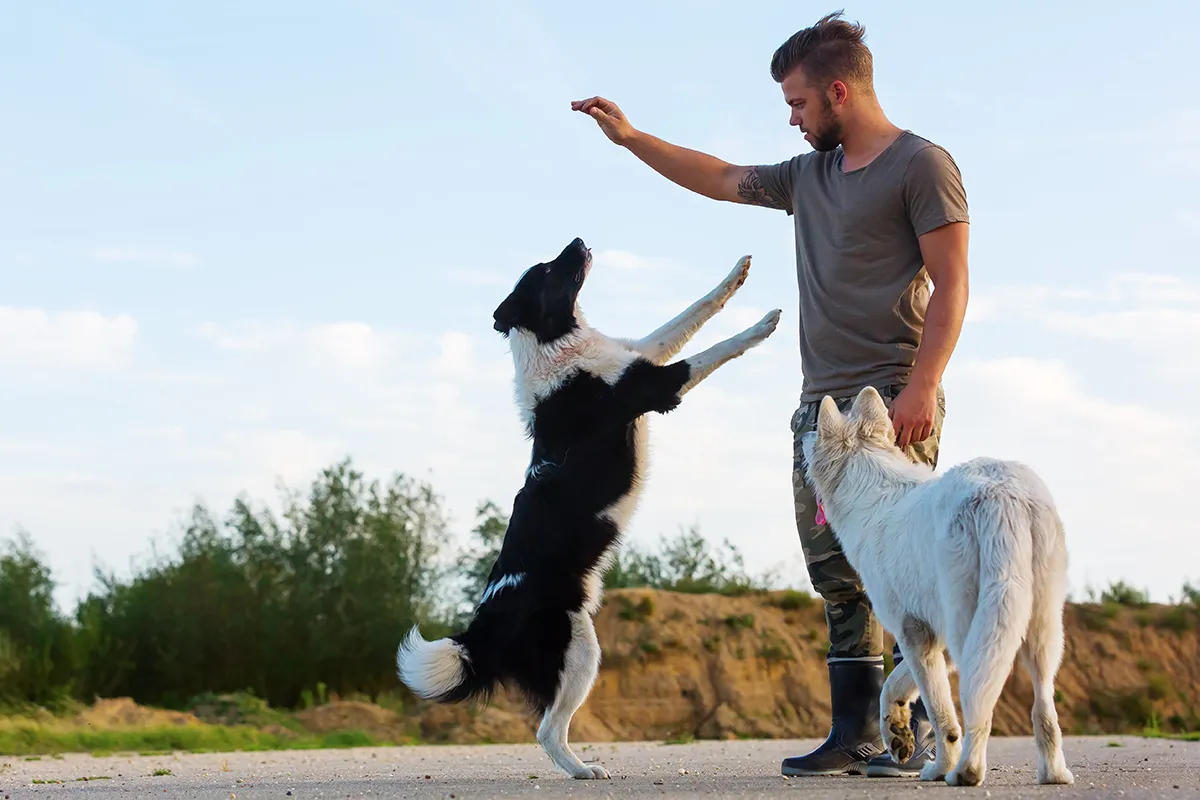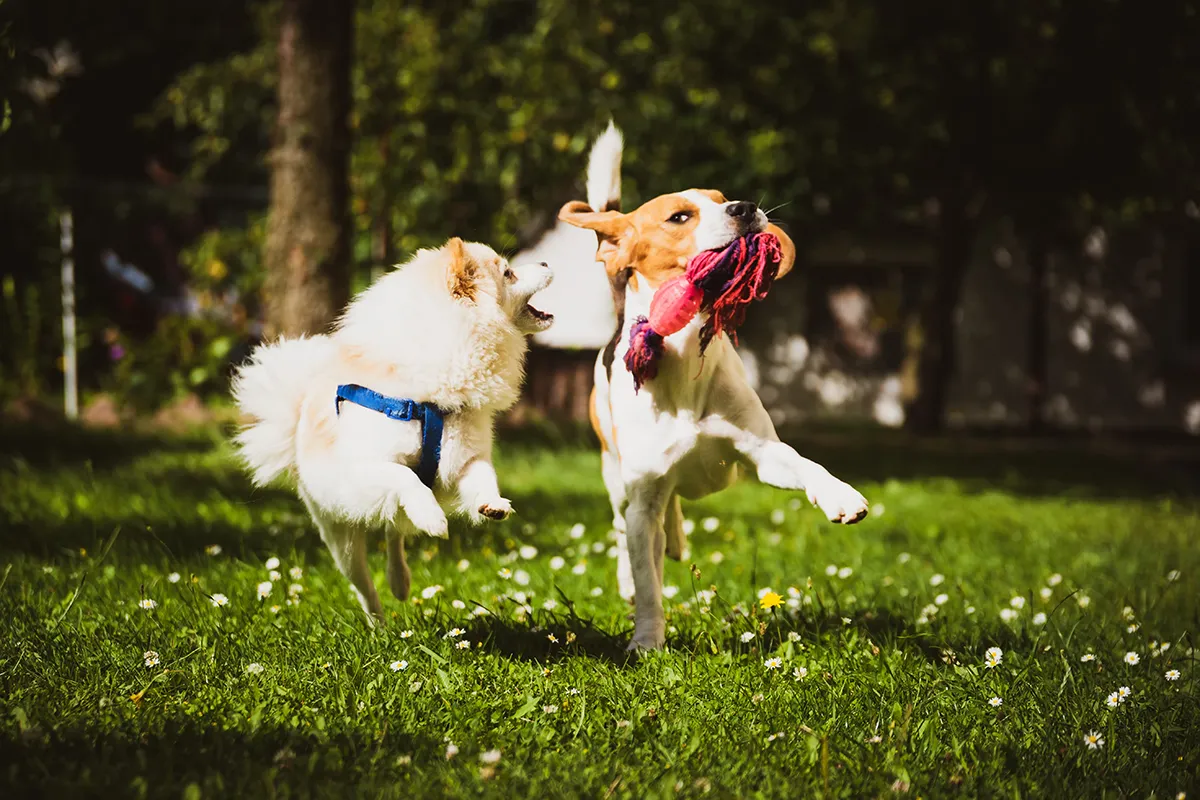
Welcome to your new adventure as a rescue dog owner! Adopting a rescue dog is a rewarding experience, but it also comes with its own set of challenges and responsibilities. This guide will walk you through the key steps to successfully integrate your new furry friend into your home, ensuring a smooth and loving transition for both you and your dog.
1. Create a Safe Space
Before bringing your rescue dog home, prepare a safe space where they can relax and feel secure. This could be a quiet corner in a room or a cozy crate. Fill this area with comfortable bedding, toys, and water. Your dog needs a retreat where they can decompress and feel safe as they adjust to their new surroundings.
2. Gradually Introduce New Areas
Start by introducing your dog to one room at a time. This allows them to acclimate without feeling overwhelmed. Once they seem comfortable in one area, gradually allow them to explore more parts of the house. This step-by-step introduction helps the dog build confidence in their new environment.
3. Establish a Consistent Routine
Dogs thrive on routine. Establish a consistent schedule for feeding, walking, and playtime. This predictability helps your rescue dog feel more secure and understand what to expect, making the adjustment period much smoother. Stick to regular times for meals and walks, and try to maintain this routine daily.
4. Socialize with Family and Pets
Introduce your new dog to family members and other pets slowly and in a controlled manner. Start with brief interactions and gradually increase the time they spend together. Use positive reinforcement, like treats and praise, to reward good behavior during these introductions. Keep a close eye on all interactions to ensure they are positive and stress-free for everyone involved.
5. Provide Basic Training
Training is essential for establishing boundaries and expectations. Begin with basic obedience commands like “sit,” “stay,” and “come.” Housebreaking should also be a priority if your dog isn’t already trained. Use positive reinforcement techniques to encourage good behavior and be patient—training takes time and consistency. Consider enrolling your dog in a basic obedience class if you need extra support.
6. Be Patient and Understanding
Remember that your rescue dog has been through a significant change and may have experienced trauma or neglect in the past. Be patient and understanding as they adjust to their new home. It might take weeks or even months for them to fully settle in. Show them love and reassurance, and avoid forcing interactions or new experiences too quickly.
7. Monitor Behavior and Health
Regularly monitor your dog’s behavior and health. Look out for any signs of stress, anxiety, or health issues. If you notice anything concerning, consult your veterinarian or a professional dog trainer for advice. Addressing issues early can prevent them from becoming more serious problems down the road.
Common Challenges and How to Overcome Them
Establishing Trust and Bonding
Building trust with a rescue dog can be challenging, especially if they have been neglected or traumatized. Spend quality time with your dog, offer treats, and engage in gentle play to build a strong bond.
Housebreaking Issues
Many rescue dogs may not be fully housebroken. Consistent training and positive reinforcement are key. Establish a regular bathroom schedule and reward your dog for going outside.
Overcoming Separation Anxiety
Rescue dogs often experience separation anxiety. Gradually increase the time you spend away from your dog, starting with short periods. Leave them with engaging toys and consider crate training to help them feel secure when you’re not home.
Introducing to Other Pets
Introducing a new dog to existing pets can be tricky. Start with short, supervised interactions and separate them if tensions arise. Gradually increase their time together and always supervise their interactions until you’re confident they get along.
Adjusting to a New Routine
Your rescue dog may not be used to a structured schedule. Consistency is key. Stick to regular feeding, walking, and playtimes to help them adjust more quickly.
Health Issues
Rescue dogs might come with unknown medical histories. Schedule a vet check-up soon after bringing them home to address any health concerns.
Behavioral Problems
Fear, aggression, or excessive barking may require professional training. Don’t hesitate to seek help from a certified dog trainer or behaviorist to address these issues effectively.
Conclusion
Integrating a rescue dog into your home is a process that requires patience, love, and consistency. By following these steps, you can help your dog feel secure and loved in their new environment. Remember, every dog is unique, and some may take longer to adjust than others.
For personalized advice and support, consider booking a session with one of our expert dog trainers. They can provide tailored guidance to help you and your new furry friend thrive together.
Welcome to the wonderful world of rescue dog ownership—your new best friend is lucky to have found you!





